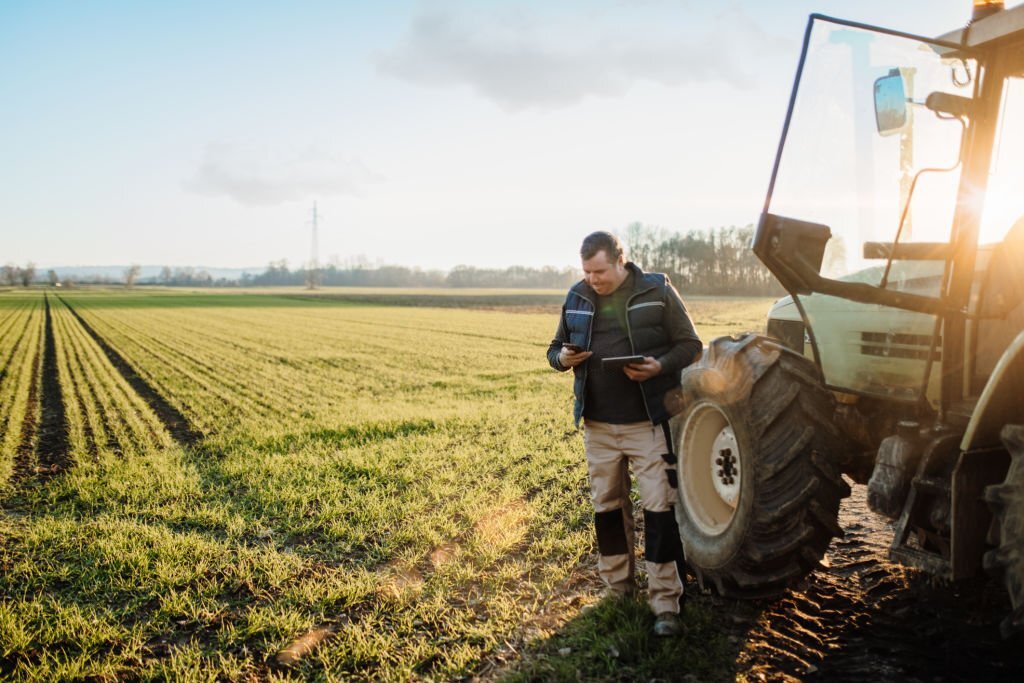
Safety is of paramount importance in the design and operation of agricultural equipment. Agricultural machinery manufacturers prioritize the integration of various safety features to ensure a safe working environment for farmers. These safety features are designed to protect operators, prevent accidents, and mitigate potential hazards associated with farming tasks. In this article, we will explore some common safety features incorporated into agricultural equipment.
1. Operator Protection Devices:
Agricultural equipment often includes operator protection devices to safeguard individuals operating the machinery. These devices can include roll-over protection structures (ROPS) and enclosed cabs or operator stations. ROPS provides a protective structure in case of a rollover incident, minimizing the risk of injury to the operator. Enclosed cabs or operator stations shield operators from external hazards, such as flying debris or harmful chemicals, ensuring their safety during operations.
2. Enhanced Visibility:
Visibility is crucial for safe operation, especially in large agricultural machinery. Equipment design often incorporates features that improve operator visibility, allowing them to better observe their surroundings. Large windows, clear sightlines, and strategically positioned mirrors contribute to better visibility, reducing the risk of collisions with obstacles, other vehicles, or workers in the vicinity.
3. Emergency Shut-off Systems:
Agricultural equipment is equipped with emergency shut-off systems that allow operators to quickly and easily stop the machinery in case of an emergency or hazardous situation. These systems typically include easily accessible emergency stop buttons or switches that immediately halt the operation of the equipment. The emergency shut-off feature enables operators to respond swiftly to potential dangers, reducing the severity of accidents and preventing further damage.
4. Roll-over Protection Systems (ROPS):
ROPS is a critical safety feature incorporated into agricultural equipment, especially in tractors and other machinery prone to rollover incidents. ROPS consists of a protective structure that surrounds the operator’s seating area, providing a protective barrier in the event of a rollover. It helps prevent the operator from being crushed or pinned under the equipment, significantly reducing the risk of severe injuries or fatalities.
5. Safety Training and Education:
While not a physical safety feature of the equipment itself, safety training and education are essential components in promoting safe equipment operation. Manufacturers often provide safety training materials, manuals, and guidelines to ensure operators understand the proper usage, potential risks, and safety precautions associated with the equipment. Additionally, organizations and institutions offer safety training programs that focus on safe practices and the prevention of accidents in agricultural settings.
6. Safety Labels and Signage:
Agricultural equipment is typically equipped with safety labels and signage that provide important information and warnings to operators. These labels indicate potential hazards, provide instructions for safe operation, and convey critical safety messages. By prominently displaying safety labels and signage, operators are constantly reminded of potential risks and necessary precautions while operating the equipment.
Ensuring the safety of farmers operating agricultural equipment is a top priority for manufacturers. Through the integration of operator protection devices, enhanced visibility, emergency shut-off systems, roll-over protection structures, and safety training initiatives, agricultural equipment aims to minimize the risk of accidents and create a safer working environment. By adhering to safety features and guidelines, operators can mitigate potential hazards, protect themselves, and contribute to a culture of safety in the agricultural industry.

